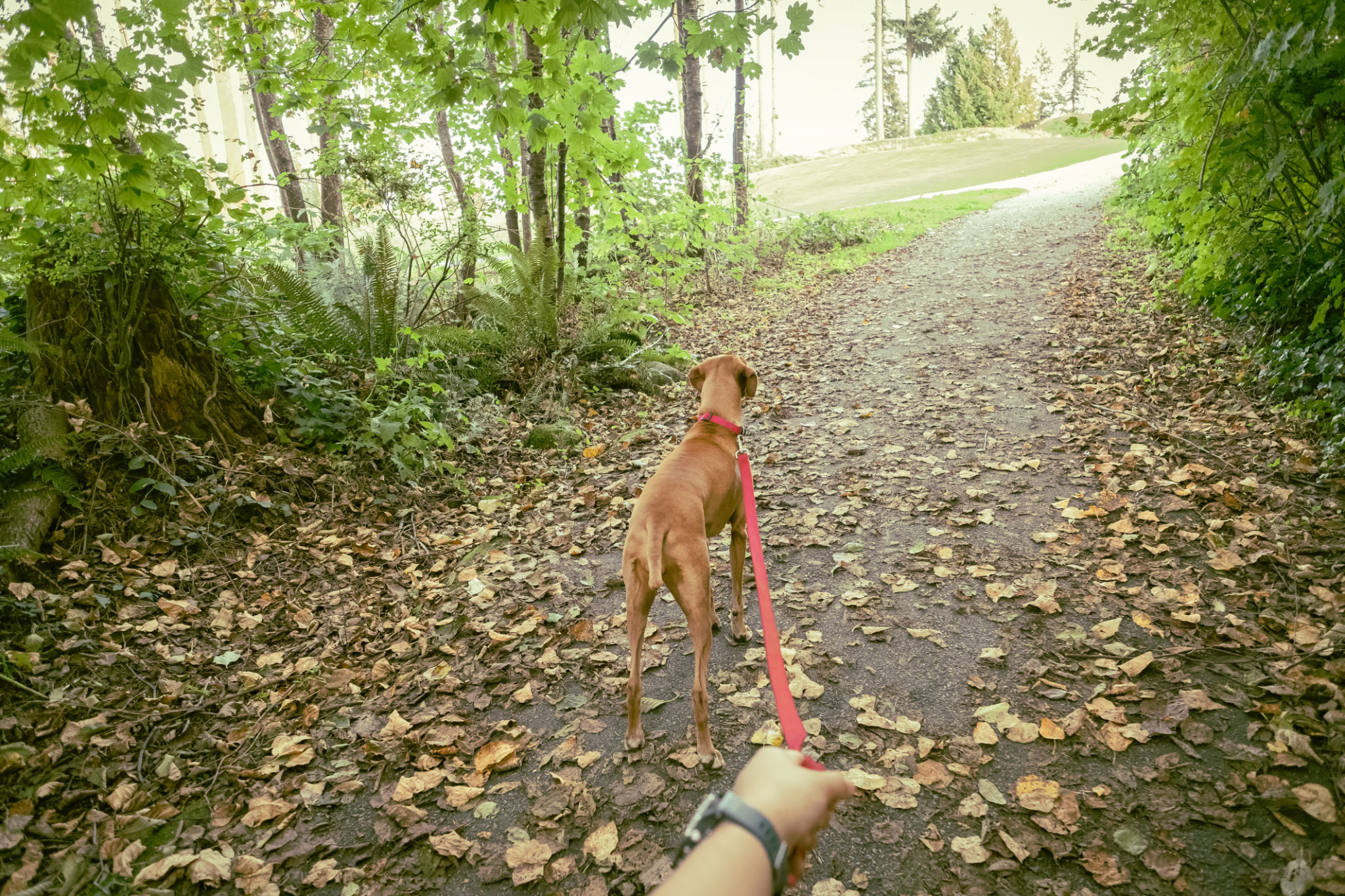Preparing Your Dog for Seasonal Changes: Tips from Professional Dog Walkers
Understanding the Impact of Seasonal Changes on Dogs
Just like humans, dogs are affected by seasonal changes in numerous ways. Fluctuations in temperature, daylight hours, and weather conditions can influence their behavior, health, and overall well-being. Being aware of these changes and how they affect your furry friend is crucial for ensuring their comfort and happiness throughout the year.
Professional dog walkers often notice shifts in energy levels and mood as the seasons change. Some dogs may become more lethargic in colder months, while others might become more active when the days are longer. Understanding these patterns can help you adjust your dog's routine effectively.

Adjusting Walk Schedules and Routines
One of the most significant adjustments during seasonal changes is altering your dog's walk schedule. In warmer months, it's best to walk your dog early in the morning or late in the evening to avoid the heat of the day. Conversely, during colder months, try to walk them when the sun is up to take advantage of warmer temperatures.
Professional dog walkers often recommend keeping walks shorter in extreme weather conditions. For instance, during winter, icy sidewalks can be dangerous for both you and your dog. You might also consider investing in dog booties to protect their paws from salt and ice.

Dietary Adjustments for Seasonal Changes
As seasons change, so do your dog's dietary needs. In colder months, some dogs may require additional calories to maintain their body temperature, while others may need a reduction during summer when they are less active. Consulting with your veterinarian can help you determine the best dietary plan for each season.
Incorporating seasonal fruits and vegetables into your dog's diet can also provide essential nutrients. Pumpkins in fall, for example, are not only a tasty treat but also beneficial for digestion.
Mental Stimulation During Seasonal Changes
When the weather limits outdoor activities, it's essential to keep your dog's mind engaged indoors. Interactive toys, puzzle feeders, and teaching new tricks are excellent ways to provide mental stimulation during long winter days.
Professional dog walkers often use these techniques to ensure dogs remain mentally satisfied even when physical exercise is reduced. This mental engagement can prevent behavioral issues that arise from boredom.

Grooming and Health Considerations
Seasonal changes often necessitate adjustments in grooming routines. During shedding seasons like spring and fall, regular brushing can help manage hair loss and keep your dog's coat healthy. Bathing should also be adjusted based on their activity levels and exposure to outdoor elements.
Additionally, keeping an eye on your dog's health is crucial as seasons change. Fleas and ticks are more prevalent in warmer months, so maintaining a regular flea and tick prevention routine is essential.
Conclusion: Keeping Your Dog Happy Year-Round
Preparing your dog for seasonal changes involves a combination of adjusting routines, diets, mental stimulation, and grooming habits. Professional dog walkers emphasize that being proactive about these changes can significantly enhance your dog's quality of life throughout the year.
By understanding how seasonal shifts impact your furry friend, you can ensure they remain happy, healthy, and comfortable no matter the time of year. Embrace each season as an opportunity to bond with your pet in new and exciting ways.
